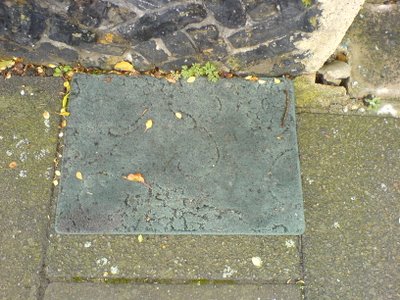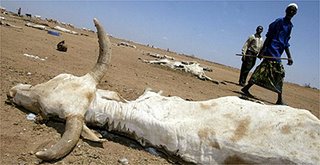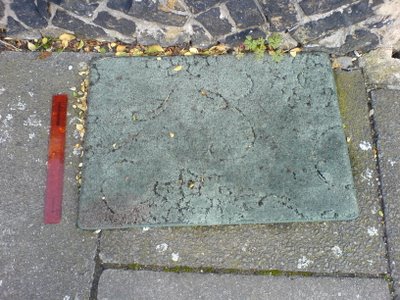Bathmatwatch: Day 31
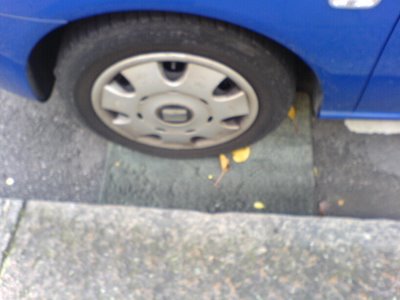
A month in to Bathmatwatch, and I think that this is a good time to recap, and also to let new readers catch up with an FAQ.
What is Bathmatwatch?
Bathmatwatch is a series of daily photographs of an abandoned bath mat in north-west London. It began on November 1st 2006, and is still ongoing.
UPDATE: Bathmatwatch finished 35 days later when the bath mat disappeared on December 5th 2006. A moving tribute is posted here.
UPDATE: The bath mat made a transubstantiated reappearance on February 9th 2007.
UPDATE: The bath mat sent another message from the afterlife on August 5th 2007.
Is it a bath mat? It looks a bit like a carpet sample to me.
It is a bath mat.
Has the bath mat ever moved?
It made some small movements on Day 2, Day 4, Day 7, Day 10 and Day 14, then a giant leap into the road on Day 22, then an equally giant leap along the road on Day 26. In fact, go back to Day 2 anyway. Doesn’t it look young?
Is the bath mat trying to spell something out with these movements?
So far it has spelt ‘L’. We can only speculate as to what it is trying to say and hope that it uses some abbreviations. At this rate it is like Stephen Hawking using a Ouija board. I would like to think that it will say “Love everybody”, but it might say “Leave me alone”, “Leyton Orient rule OK” or “Llanfairpwllgwyngyllgogerychwyrndrobwyll-llantysiliogogogoch". Though if the latter it will end up in Essex and it will cost me a fortune to see it every day.
Why did the bath mat cross the road?
Because the chicken wanted a bath?
Whose was the best picture drawn in the gallery on Day 11?
The joint winners were Ellie and Doris. Well done, Ellie and Doris. John Plato’s entry was, to be honest, a bit scary. Is that a green cat?
What did you see in the bath mat and then draw on Day 11, Salvadore Vincent? Was it a dog or a mouse?
It was a dog.
Has Bathmatwatch inspired any spin-offs?
There has been one rather poor quality spin-off: Suitcasewatch. Please note that this is not officially endorsed by Smaller Than Life.
How many people in the world have bath mats? If only somebody would do some kind of poll that also expressed that figure as a percentage.
The results of such a poll are here. You can vote in the poll here.
What is Bath Mats of the World?
Bath Mats of the World is a project to collect a picture of every bath mat in the world and plot their positions on a map. So far I have collected over five pictures from more than one continent.
Of the pictures sent in so far to Bath Mats of the World, which is your favourite?
They are all great. Interestingly, it has only been women who have sent in pictures of their bath mats. It is a good job that I am not someone who gets sexual thrills from seeing pictures of women’s bath mats who has set up a blog with the sole purpose of getting people to send in pictures of their bath mats, and just deleting any from men. I am not such a person, and anyone who says that I am is lying.
Where is the bath mat exactly?
The exact location is a strict secret. There are some weird people on the internet.
Who is the hero of Bathmatwatch?
That would have to be Martyn Colbeck, who spent 15 years filming elephants in Kenya. Will I still be doing this when I am 51?
Who is the villain of Bathmatwatch?
That would have to be the street sweeper. Boo!
What was this blog like before Bathmatwatch?
I can’t remember. I think that I wrote stuff like this, this and this. And this.
Is the bath from Day 21 still there?
No, it was gone the next day.
What happened to Things Abandoned on the Pavement Within 100 Yards of My Home That I Have Taken a Photograph of #3?
That will have to wait. The picture has been taken and is being stored safely, though the item itself is now long gone. If you thought Bathmatwatch was good, this will blow your minds.
Do you have a bath mat?
No. I just dry myself over the bath. In fact, if somebody gave me a bath mat, I would probably just leave it out on the pavement for someone else to take.
How did you do the CGI for Scrappy-Loo on Day 24? That was amazing!
I used a sophisticated imaging processing program that is only available to professionals within the animation industry. It is called MS Paint.
Is Bathmatwatch all true?
Every single word of it is true. It is not something that I am making up to make myself look more interesting.
Even the suitcase on Day 28? That is one amazing coincidence that it was abandoned there.
Even the suitcase. That scared me a bit.
Is there any Bathmatwatch merchandising available? eg a mug or a T-shirt.
Not yet. Would you like some?
Does your girlfriend know about Bathmatwatch?
No, and I am beginning to worry how I will break the news to her that I will have to arrange Christmas around it.
Why is the bath mat there?
Why are any of us here?
UPDATE: What is Bath Mats in Need?
Click here to find out.
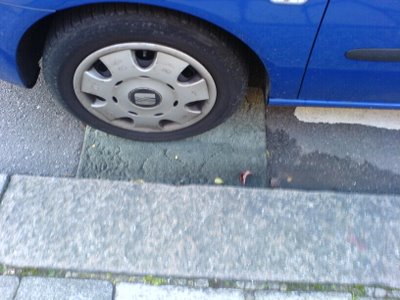



 I used to watch Brady Bunch when I was a kid. Marcia Brady (Maureen McCormick) was the beautiful oldest daughter on the show. And now
I used to watch Brady Bunch when I was a kid. Marcia Brady (Maureen McCormick) was the beautiful oldest daughter on the show. And now 
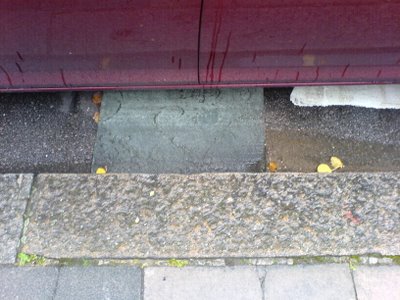

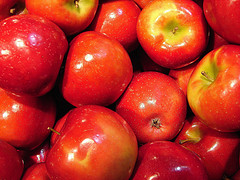 Designing Spaces decorator Veryn Yip has some great (and inexpensive)
Designing Spaces decorator Veryn Yip has some great (and inexpensive) 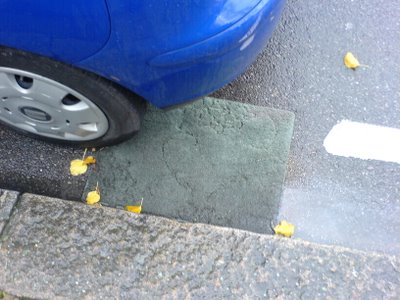





 Lon Calhoun is an artist with a studio. He's lost about 50 pounds by joining a fitness center that opened up next door to his workplace. He's also tried sticking to Weight Watchers principles in his daily eating habits.
Lon Calhoun is an artist with a studio. He's lost about 50 pounds by joining a fitness center that opened up next door to his workplace. He's also tried sticking to Weight Watchers principles in his daily eating habits. 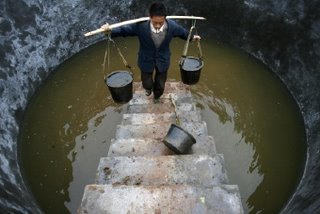


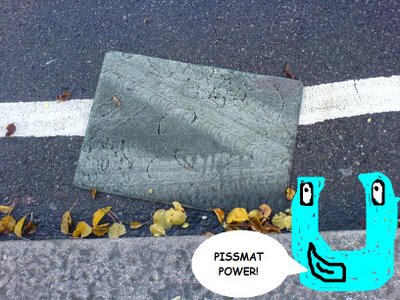


 Karen Wright, 46, weighed 342 pounds and lost an astounding 164 pounds in 50 weeks.
Karen Wright, 46, weighed 342 pounds and lost an astounding 164 pounds in 50 weeks. 




 Here's a couple of photos of Adriana Lima getting outfitted for the Victoria Secret's 2006 Fashion Show. It looks like she's put on a few pounds recently. See her earlier this year on the
Here's a couple of photos of Adriana Lima getting outfitted for the Victoria Secret's 2006 Fashion Show. It looks like she's put on a few pounds recently. See her earlier this year on the 


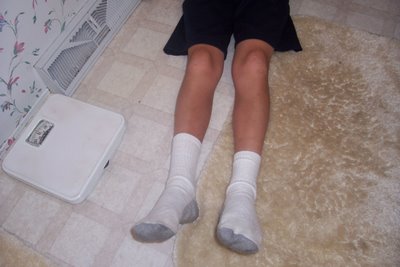

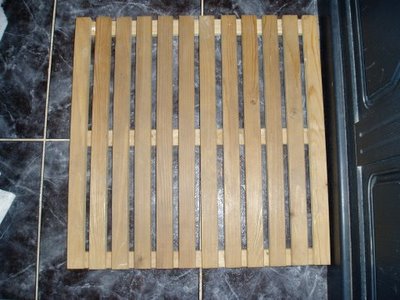
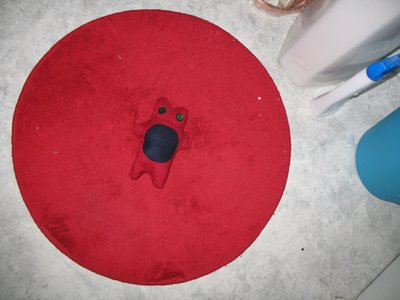

 Getting enough calcium helps us maintain strong bones and avoid osteoporosis. Over 20 million people in the US have osteoporosis.
Getting enough calcium helps us maintain strong bones and avoid osteoporosis. Over 20 million people in the US have osteoporosis. 

